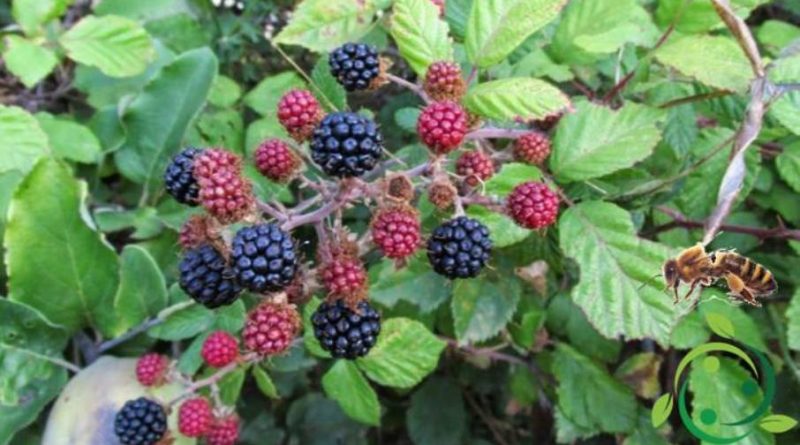How to make organic Berry honey
How to make organic Berry honey
Rovo honey (Rubus L., 1753) can be an interesting addition to the income of a farm that wants to specialize in this sector but to produce it as a pure product is a bit complex due to various reasons. But it’s worth trying.
This honey is in fact produced throughout Italy but is rare as monoflora and it is easier to find it as a component of summer millefiori. This is because the brames are usually not cultivated and are considered to be infesting plants. Yet in particular business and morphological conditions could represent an interesting source of income or, at least, of integration.
For the cultivation of the bramble, without the use of herbicides to keep brambles or other non-biological techniques at bay, see the technical data sheet; but we must know that if you want to produce a monoflora honey or, in any case, purer, you must allocate a certain portion of that part of the farm that would be difficult to allocate to agricultural production (stony areas, areas that can not be mechanized, etc.). however, it is important not to lose control of the growth of this plant with an appropriate regimentation plan (access driveways, pruning, etc.).
The fact is that, in the panorama of the expansion of company production and market demand, this honey can be an interesting hypothesis for companies but also a good resource for beekeeping fauna that today is undergoing a worrying decrease between pesticides and invasive techniques.
The honey obtained from the genus Rubus has a color ranging from amber to dark amber. It is characterized by a medium-intense smell, as well as the taste, which we can describe as ripe fruit, jam, condensed milk, with a rose note. This honey is indicated for inflammation of the mouth and for infantile diarrhea.

